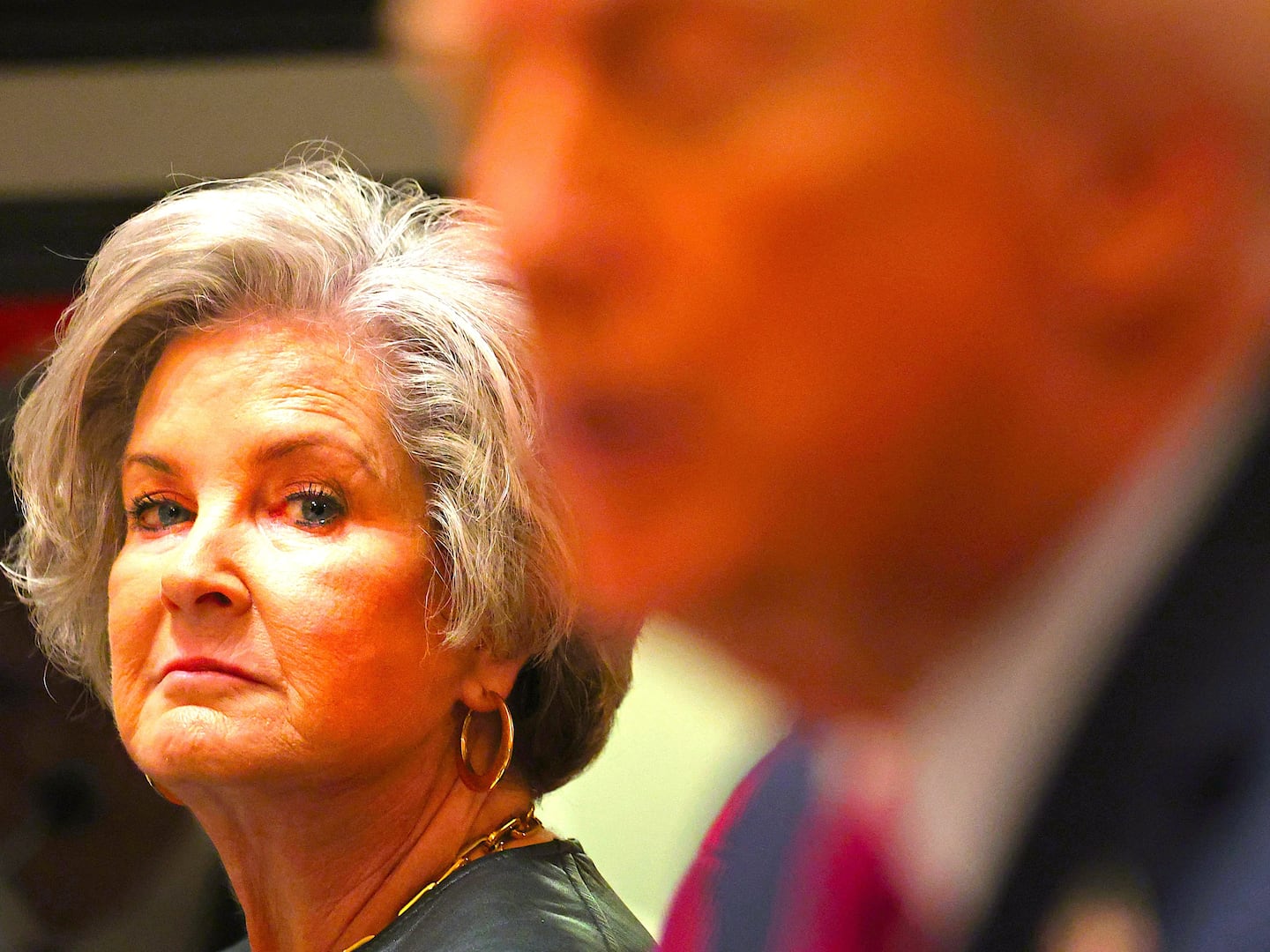Labor Day weekend, 2040.
With millions of Americans again in mass motion it’s a good time to recall those quaint times when we thought we needed human beings to steer us safely to our destinations.
Yes, no vehicle could move without a human in charge of it. Just think about that. Even to get out of the driveway a car had to have someone at the wheel.
That meant that the car was controlled by people of any age, from 16 to 90! Imagine your grandfather, myopic and rheumatic, actually taking your kids on the road. How could that possibly happen?
Don’t even think about that daughter checking her makeup in the rear view mirror every five seconds.
All that empty air space above your street, too. There was not a single Uber Lifter to be seen—no eVTOL taxi to get you to the airport in five minutes, buzzing happily aloft leaving no emissions at 200 mph as the freeway below is backed up for miles with driverless cars.
Levitation! It’s so easy. How did they do without it?
And, get this. When they got to the airport the airplanes actually had two guys sitting in a cockpit up front. Two guys! (Maybe a woman or two among them.) As though the airplane couldn’t fly itself.
It seems so madly illogical to us now that the case for pilotless airplanes had to wait so long to be accepted.
In fact, a careful scrutiny of the past shows that the turning point in that argument came, obscurely, in April, 2018.
In Washington, D.C. the House of Representatives was voting on the FAA Reauthorization Act of 2018—basically to fund the agency. At the last minute, and with hardly anyone noticing, a provision was slipped into the Act to prepare the ground for having only one pilot in the cockpit of cargo-only flights.
Naturally, the first people to protest the move were the airline pilots—who screamed “this dangerous provision must be removed.”
The president of the Airline Pilots Association International, representing 60,000 pilots in the U.S. and Canada, claimed that his union had worked hard to improve aviation safety since 1931, and that it would never accept having only one pilot in the cockpit because having two remained essential for safety.
A different way of putting that argument would be that the union had resisted every effort to modernize cockpits since 1931 if it involved making any aircrew redundant.
That state of mind did, indeed, go back to the 1930s. As international airline routes across the continents and oceans were pioneered, the technology on the flight deck was primitive.
When Pan Am began the first regular transatlantic flights between New York and Marseilles in 1939 the airplane used was the Boeing 314 flying boat. Twenty-two passengers paid one-way fares of $375—the equivalent of $12,000 in 2040. As the term flying-boat implies, the accommodations and service were modeled on great ocean liners, with sleeping berths and even a luxury suite.
The cockpit, on an upper deck, was equally expansive. Five people worked up there—a captain and first officer and, behind them in what was termed an “operations room” were the navigator, who had seven-foot long chart table, a radio operator and a flight engineer who monitored all the systems.
When jets arrived in the late 1950s the technology had advanced enough for the radio operator and navigator to be dispensed with, but pilots insisted that they still required a flight engineer and so all the new jets retained a third seat in the cockpit that faced a bank of dials and switches.
That finally changed in the late 1960s. There was a landmark dispute between the airlines and the pilots when Boeing introduced its smallest jet, the 737, in which the flight engineer’s role was removed. Opposition by the pilots was overcome, but for Boeing’s biggest jet, the 747, the flight engineer’s place persisted until 1989, when a new iteration of the jet arrived with technology that made the flight engineer inarguably redundant.
And that, remarkably, was where things remained, with the need for two pilots unquestioned, for decades. Even the arrival of the twenty-first century and far greater levels of cockpit automation did not alter that.
The technology that feels so natural to us in 2040 really had its origins in the second decade of our century when people realized that, for most of the time, airline pilots were left with little to do while the computers flew the airplane from takeoff to landing.
But the pilots still insisted that they were indispensable—despite the fact that FAA statistics showed that around 80 percent of aviation accidents and close calls were caused by pilot error. In fact, technology on the flight deck had so effectively reduced the opportunity for the human factor to screw up that in 2017 not one person was killed flying on commercial airline jets in the U.S. (In the same year around 40,000 Americans died in highway crashes. So much for the idea of people driving cars.)
At the same time the wage bargaining position of pilots was strengthening because the airlines were actually running short of pilots. In the U.S. the major airlines had to replace more than 18,000 pilots over a few years because of the mandatory retirement age of 65, and training schools could not keep up with the demand.
As though by divine right all the human fallibilities were still sitting up there in the cockpit: fatigue, inattention caused by long periods of having nothing to do, medical or psychological conditions, and the inability of the brain to respond with the same speed and situational acuity that a computer can.
Fighting a rearguard action, the pilots cited cases where, they argued, the action of pilots had saved an airplane and its passengers when the computers could not have.
In at least two of those cases they had a point.
In January 2009 Captain “Sully” Sullenberger saved the lives of 150 passengers by making an emergency landing on the Hudson River. And in November, 2010 what would have been one of the world’s worst air disasters was averted when Captain Richard de Crespigny of the Australian airline Qantas managed to get a giant Airbus A380 that had been badly crippled by an exploding engine back to earth in Singapore, saving 469 people.
The pilots in both instances were flying Airbus airplanes with “fly-by-wire” controls and what was then state-of-the-art cockpit automation. Sullenberger saved his airplane by choosing the Hudson as his nearest landing point, a split-second calculation that his computers could never have made. Crespigny’s computers, faced with 120 major systems failures, automatically shut down 99 percent of the airplane’s electrical systems.
Fortunately there were three off-duty pilots on the A380 in addition to Crespigny and his first officer and it needed the skills of all five to get to the runway—they had the brains while their computers had become imbecilic.
Those two incredible feats of airmanship happened within two years of each other. But it’s important to realize that the Airbus automation system in use then was basically conceived in the 1980s and even by 2010 remained at a level that today would seem as archaic to us, in 2040, as Facebook or an iPhone.
But the problem remained that pilots were not ready to concede that the computers were able to learn from potential disasters. Each emergency, whether survived or not, produced a new algorithm that could react faster than any human. Step by step, the human brain was being outwitted. Algorithms are, of course, the ultimate learning curve—and algorithms, unlike humans, never forget what they have learned.
“When programs pass into code and code passes into algorithms and then algorithms start to create new algorithms, it gets farther and farther from human agency” admitted Ellen Ullman, a pioneering programmer in 2018.
Given all of this history it is ironic that, in the end, the public acceptance of pilotless flight did not have to wait for the airline pilots to accept their redundancy. Uber forced the issue.
It wasn’t easy. When Uber began trials of its Lifter service in Dallas and Los Angeles in 2020 the FAA insisted that the four-seats should include one occupied by a pilot. The result was farcical. It was rather like the scene in Amadeus when Mozart mounts an opera in which the dance sequences are performed without music because a court authority banned dance music from the theater, only for the king to be baffled by the result.
The Lifter pilots sat staring at a computer display but had nothing to do—the flights were programmed and performed flawlessly. In 2025, when Uber’s international network began flying thousands of passengers every day, the pilots were gone.
And by then Lifters were sharing urban air space with thousands of Amazon delivery drones. All this traffic was safely controlled by NASA-developed automated protocols that ensured safe separation in designated lanes between ground level and 2,000 feet.
By that time all cargo flights across the world were being flown with only one pilot on the flight deck of the big jets. As the far-sighted 2018 FAA provision had called for, these pilots were supported by a new generation of flight management computers that were the forerunners of today’s robotic systems.
And so, in 2025, pilots finally disappeared from all airline flight decks.
In order to get there, two pejorative terms had to be erased from our vocabulary.
The first was Artificial Intelligence. It was the venerable president of Steve Jobs University in Palo Alto, Sir Jony Ive, who brought sense to the problem, in the same way that he frequently channeled Jobs’ aesthetic discipline to every Apple product.
“Artificial implies fake” said Sir Jony in his landmark 2028 Jobs Lecture in Bejing, “… and there is nothing fake about it. So I propose that in future we embrace the far more apt term, Superior Intelligence.”
It was, perhaps, just coincidence that SI repeated the first two letters of Siri, now our universal and indispensable wrist implant known as iTalk.
The second great step was to stop talking of “robots” as though they are a sub-human species.
Robots evolve. The human machine does not in its own lifetime. If we are to be honest we must demonstrate that we know the limits of what we can do.
Very little cognitive has changed since we lived in caves. The last time we had any really useful systems update was around 540 BC, thanks to Pythagoras.
We are not very good at keeping up high levels of concentration and maximum alertness in all situations. That is why we created machines that are far better at it than we are. It took too long for us to admit this. Give the robots the kind of self-respect and dignity that we demand in our new infinite leisure.
That said, I am disclaiming any responsibility for everything that is written above. I have consulted many sources in building this argument, but who am I to know if they make any sense? I am not Clive Irving. I am a clone assigned to posthumously represent that ancient relic.





